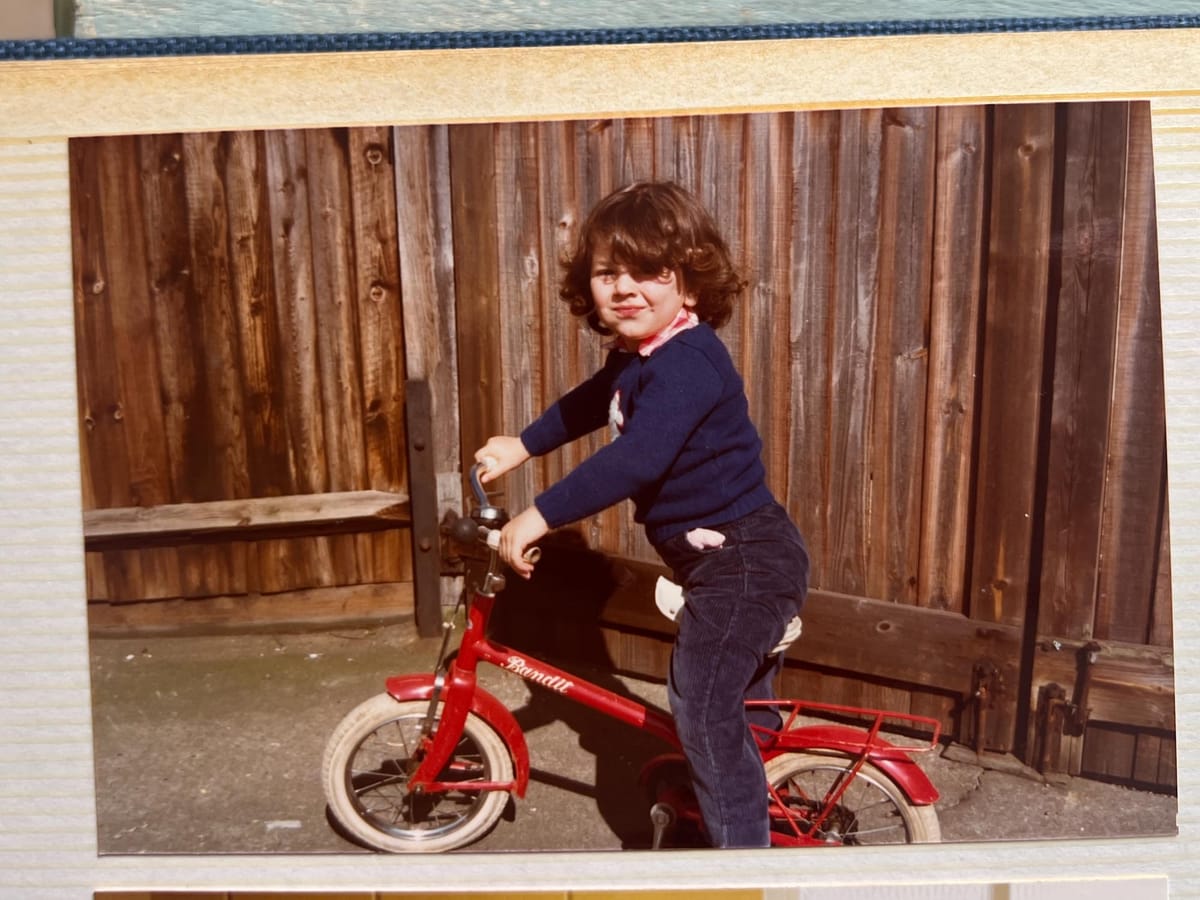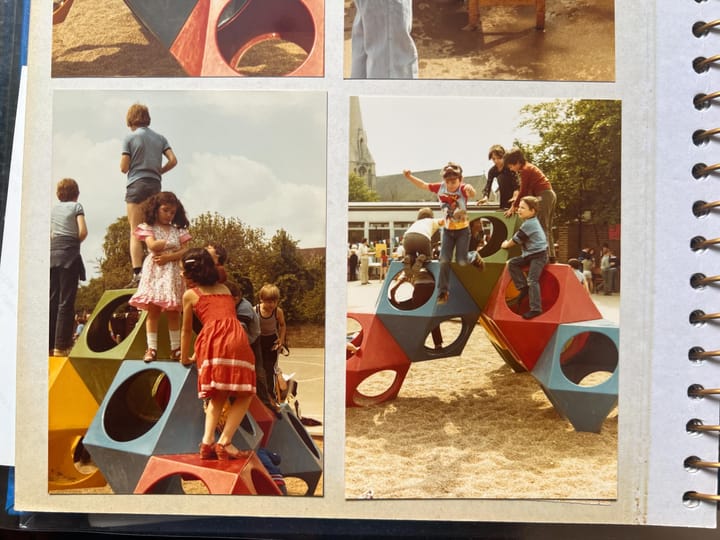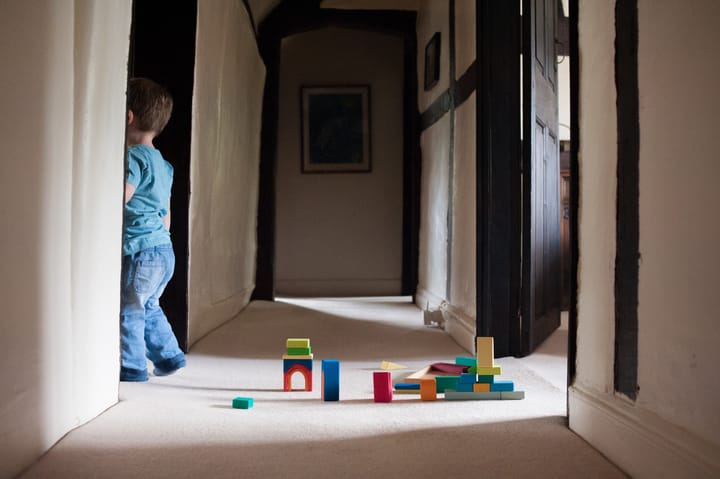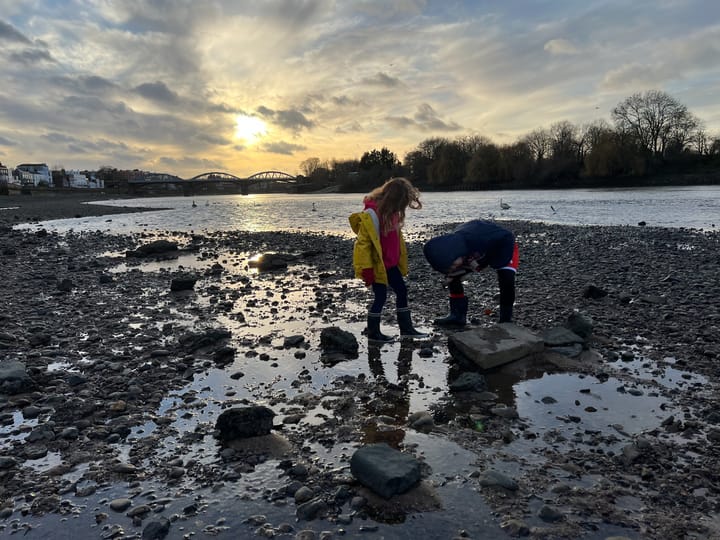How did YOU play?
What would you trade from your childhood for more screen time? Probably nothing. Learn how you can help your child rediscover the joy of screen-free play by sharing the games you used to play.

Not again, Dad! Not the '80s!
My poor, long-suffering children hear about the good old days quite a lot.
About BMX bikes, conkers, and playing in the street.
About how going out in the rain is a good thing.
About how boredom is fun.
It’s not their fault. They didn’t ask for this childhood or for screens.
We protected them too much. We wanted to keep them safe. It’s a natural response to fears of a more dangerous world. And when children stay indoors, it’s not long before they end up online.
It’s OK - life is different now. It’s not just our children whose lives are unrecognisable from ours at their age. It’s ours, too. We’re less present, more distracted, more stressed.
But children? They haven’t changed.
The games that worked for you will work for them.
A childhood built on experience
Think back. How did you play when you were a child?
Back when television was your only screen - and even that was limited.
You had time to get bored, to dream, to invent, to run wild.
- Maybe you spent hours outside, playing tag, hide-and-seek, or climbing trees.
- Maybe you stayed indoors, building forts out of sofa cushions or designing imaginary worlds.
- Maybe you buried yourself in a book and only came up for air when someone called you for dinner.
You had to be creative. No smartphones, no iPads - just your imagination and whatever you could find around the house or garden.
Those afternoons stretched on forever. No one was watching the clock.
Now?
Every second is accounted for. Homework, after-school clubs, screen time, structured activities. Play has become an afterthought.
What’s been lost?
If your childhood was filled with freedom and exploration, why does your child’s world feel so… small?
It’s not just screens. It’s the way modern life has been designed:
- Over-scheduling. There’s less free time, less wandering, less time to just be.
- Overprotection. Where are the neighbourhood games of football, the gangs of children riding bikes to the park?
- Overstimulation. There’s too much going on. Creativity doesn’t stand a chance without the time and space to reflect and to wonder.
We didn’t grow up in an age of hyper-curated activities. No one organised our fun. We had to figure it out.
And that’s why we were never bored for long.
Your childhood is the key
Your child doesn’t need new, high-tech, cutting-edge play ideas. She needs your play ideas. The ones that worked when you were small.
She needs to see the world through your eyes.
- What games did you play? Can you teach them to her?
- What simple joys defined your childhood? Climbing trees? Making dens? Playing with marbles?
- What did you do with your friends for hours?
Recently, my daughter came home from school excited to share a something an older child had taught her: Cat’s Cradle. Do you remember it? Being all thumbs, I was never any good but I have strong memories of wrapping string around my fingers and getting muddled up. But it was fun.
Now she's teaching it to her friends at playtime - exactly how these games used to spread.
That’s all it takes. A small nudge. A spark.
Need inspiration?
Take a moment to think about the good old days.
- Look back at old photos from your childhood.
- Remember the games you played at school and in the playground.
- Ask your parents what you used to love doing when you were little.
You’ll be surprised at how quickly the memories come flooding back.

When you join, you become part of something growing in real time.
Week by week, you’ll follow the children of Elmwood as they navigate the same seasons, celebrations and milestones as your own child.
They’ll grow up alongside her.
And you’ll be there too – with fresh guidance, gentle support, and over 100 posts and resources to get started right away.
As I write this, it’s June 2nd – the same day in Elmwood. At Halloween, we’ll all be making costumes together: you, me, our children – and of course, Sam, Alice, Yuki and friends.
Reclaiming lost play
If you want your child to experience a childhood like yours, you don’t need to fight screens.
You just need to offer something better.
- Share a childhood game.
- Show her how to make daisy chains or skim stones.
- Build a den under the kitchen table and see what happens next.
Children haven’t changed. The world has.
But the way we used to play? That still works.
It’s time to bring it back.



Comments ()